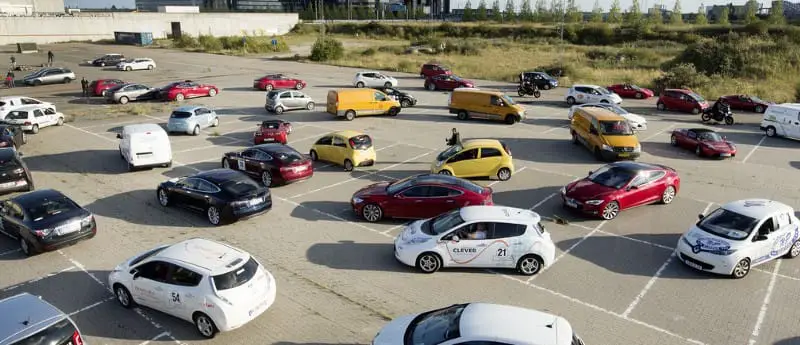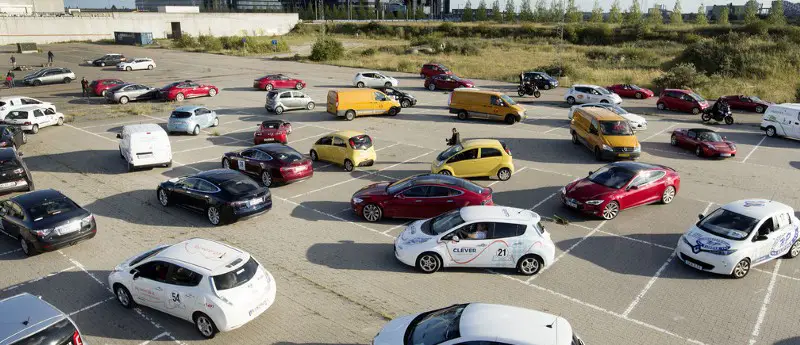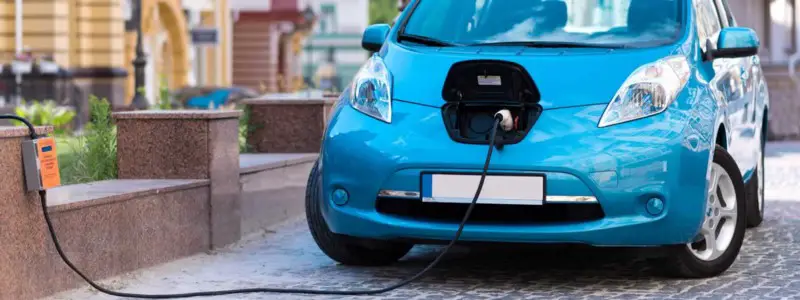5 Interesting Trends in Electric Vehicle World
EVs are the latest trend on the streets with the continent strive to go electric by 2040. Just like any other company the transportation…


EVs are the latest trend on the streets with the continent strive to go electric by 2040. Just like any other company the transportation industry has adopted the EV way on most streets where the streets are one silent, free from pollution as well as cheaper cost hence more saving. The following are some trends:-
- Two- & Three-Wheeled Vehicles
The lower capital cost and more accessible economics have helped two- and three-wheeled vehicles to transition to electric much faster than their four-wheeled counterparts. Of the 70 million two- and three-wheeled vehicles sold around the world each year, 30% are already electric. In Shenzhen, for example, their fleets of EV scooters this is a contrast to the streets of Indonesia where there are combustion scooters that tend to be noisy on the streets and hence increase pollution.
Battery swapping is also more practical with two-wheeled electric vehicles as smaller, lower-cost batteries make swapping more practical and affordable. A scooter battery can easily be swapped out or removed for recharging by a single person, enabling battery swap stations that take about as much time as ordering a latte at the local coffee shop.
2. Electric Buses
The electric bus market is taking off in areas, with new transit installations, with China again leading the way. Driven by a massive push into establishing new public transit routes, China’s leadership in electric bus adoption has been fueled by a healthy local team of electric bus manufacturers. Shenzhen, China-based BYD led the push to fully electrify Shenzhen’s more than 16,000 buses, and numerous other cities in China have followed suit. The rapid conversion of the bus fleet was followed close behind by a rapid transition to a fully electric taxi fleet, and more.
China is leading the globe in the adoption of electric buses followed by a recent uptick of adoption in Europe as transit authorities move beyond early pilots into full-scale deployments. The US is seriously lagging with dismal adoption rates of electric vehicles to date, but BNEF expects this to change in the coming months.
3. Digital Ride-Hailing
Services like Uber, Didi, and Lyft have disrupted traffic patterns in cities around the world as travelers increasingly lean on the services to get around instead of more traditional taxis. The massive surge in digital ride-hailing pins the resulting congestion and emissions onto the global brands, commanding a response to clean up the emissions of fleets not owned by the companies themselves.
Uber has created additional incentives for drivers of hybrid and fully electric vehicles, even launching the hybrid/plug-in hybrid/fully electric uberGREEN service in Paris and Lisbon. The company is also running 9 additional pilots in select US cities to explore additional options for reducing its carbon footprint through increased ride-pooling (more than 1 passenger per vehicle), vehicle electrification, and autonomous driving.
Digital Ride Hailing services like Uber ushering in a wave of electric vehicle adoption. This will be driven directly by services incentivizing drivers to switch to “electrified” vehicles and through riders experiencing an electric vehicle through these services. Autonomous driving is an exciting vector for Digital Ride-Hailing, whether it be through Uber, Didi, Lyft. That race is still on, but it is clear that the swell into vehicle electrification in these services will support the broader adoption of fully electric vehicles.

4. Last-Mile Delivery
Last-mile delivery is a key area for emission reductions, and delivery companies from the oldest to the newest are rushing forward into vehicle electrification and it’s not even saving the planet that has them excited. For fleets, the ability to simply run the numbers to determine the lowest cost to operate makes electric vehicles an obvious choice.
5. The Two Car Family
Households with two vehicles are a lucrative opportunity for the mass adoption of electric vehicles. In many such households, one vehicle is the family car while the second vehicle is relegated to commuting duty and errands around town. That second vehicle is a juicy target for electrification and has opened the door for many households around the world to add an electric vehicle to the family.




